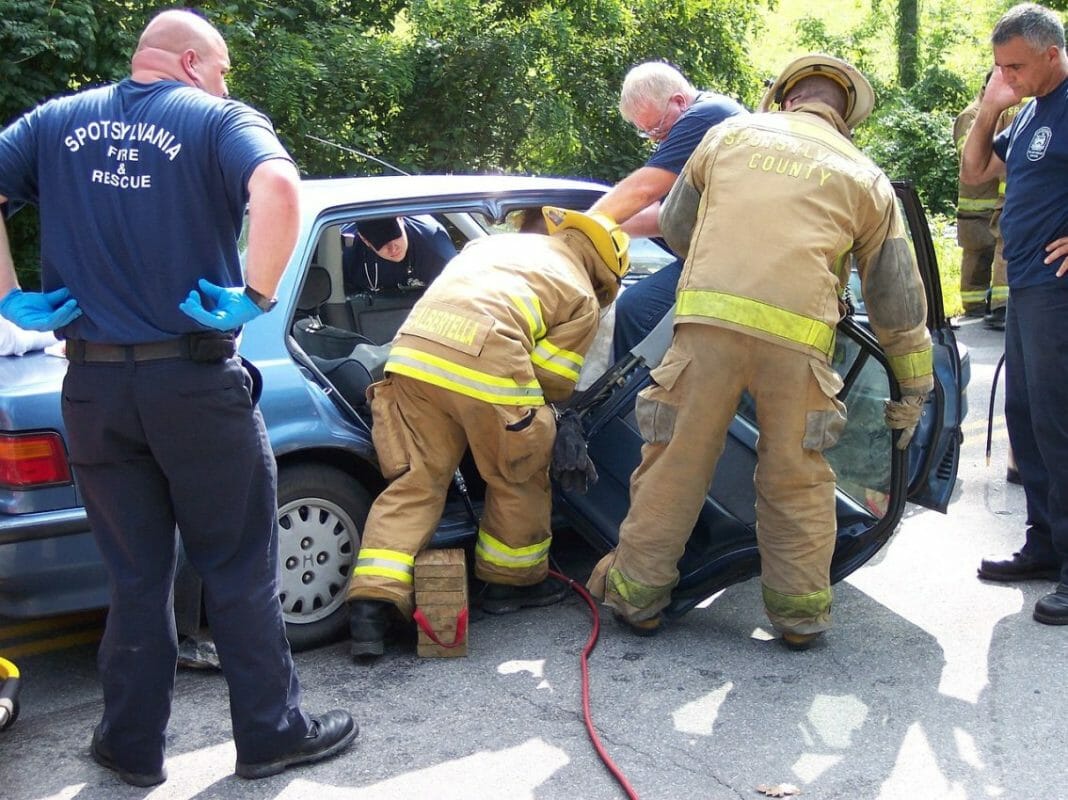Are you an employee who has recently been injured on the job? Getting injured at work can be a serious and worrying time, but it is important to know what steps should be taken after an injury occurs to ensure that you are properly looked after and compensated for your injuries. This article will provide an overview of the six most important steps after getting injured at work. Let’s get started.
Seek Medical Attention
The first step after getting injured at work is to seek medical attention. This can be done by visiting a doctor or even a hospital if the injury requires it. It is important to get checked out as soon as possible to ensure that your health is not in further danger and that you are receiving the right treatment for your injuries.
Seeking medical attention enables you to receive an official diagnosis, which can help determine if you are eligible for workers’ compensation benefits. The doctor will also document your injuries and provide the necessary paperwork for you to file a workers’ compensation claim. An early visit to a doctor can also help to ensure that you are fully recovered and back on the job as soon as possible.
Report Your Injury
After getting injured at work, the second step is to report your injury to your supervisor or human resources department. In most cases, the law requires employers to report all workplace injuries, so you must report yours as soon as possible. Reporting your injury will also ensure that proper medical care is given and any necessary paperwork is in place to document the incident.
When reporting the accident and the injuries, it is essential to provide as many details as possible, including the date, time, and location of the incident, what caused it, and any symptoms or pain you were experiencing. You can also write down a detailed description of the accident and any other relevant information, such as witnesses or what happened immediately after the incident. This information can help support your workers’ compensation claim.
Document Everything
The third step to take after getting injured at work is to document everything related to your injury. This includes all medical treatments received, bills paid out of pocket, and any information related to the injury. This can include photos of your injuries, medical reports and bills, doctor’s notes or prescriptions, and any other documents related to the incident.
It is also important to document any lost wages you may have experienced due to being out of work due to the injury. You will need this information when filing for workers’ compensation benefits. You will need to work with your employer to get copies of your pay stubs and any time sheets you have filled out.
Get Legal Help
Fourth, it is important to get legal help if you are considering filing a workers’ compensation claim. An experienced attorney can provide advice on the process and represent your case should it go to court. As highlighted by the team behind 716Help, they will also be able to handle any paperwork or negotiations with your employer that may be needed during the claims process. With the right lawyer on your side, you can ensure that you receive the compensation you deserve for your injury.
Some of the tips to consider when hiring a lawyer include looking into their experience with workers’ compensation cases, asking for references, and finding out what they charge. For instance, many attorneys work on a contingency fee basis, meaning they will only charge you if your case is successful.
File a Claim
You must file a claim with the workers’ compensation insurance provider after getting injured at work. The claim will include all the relevant information about your injury, including what caused it and how it impacted your ability to work. You should also include any medical documentation related to the injury.
The process can be complex, so it is important to ensure you follow all the steps correctly. Your lawyer can help you with this process and ensure the claim is filed properly. Once your claim is filed, the insurance provider will begin to review it. They may request additional documents or ask for additional information about your injury. Make sure to respond promptly to any insurance company requests so your claim can be processed as quickly as possible.
Follow Your Doctor’s Orders
The last step to take after getting injured at work is to follow your doctor’s orders. This includes any medications, therapy sessions, or treatments they have prescribed to help you recover from your injury. It is also important to keep all medical appointments and attend every physical therapy session.
Following your doctor’s orders can help speed up the recovery process and ensure you get back to work as soon as possible. Additionally, it will improve your chances of getting the workers’ compensation benefits you are entitled to for your injury. In addition, therapy like Essential ChiroCare is a vital part of the recovery process for many workplace injuries, offering treatments such as chiropractic adjustments, massage therapy, and physical rehabilitation. Regular visits to an Essential ChiroCare professional are critical to properly diagnose and treat workplace injuries and reduce the risk of long-term complications.
Getting injured at work can be a difficult and stressful experience, but with the right help and knowledge, you can take the necessary steps to ensure you receive the compensation you are entitled to for your injury. By documenting everything related to your injury, getting legal help if needed, filing a claim with the workers’ compensation insurance provider, and following your doctor’s orders, you can ensure that you recover from the injury as quickly and effectively as possible.


